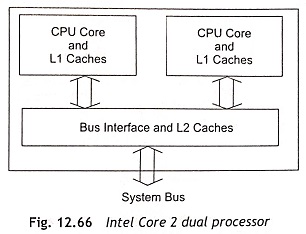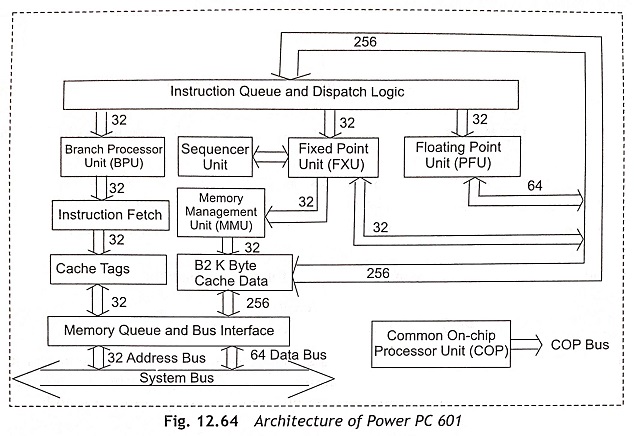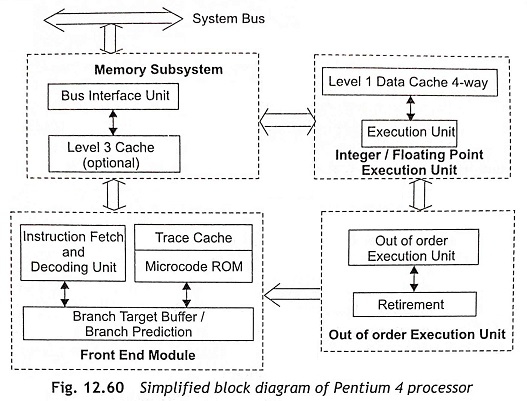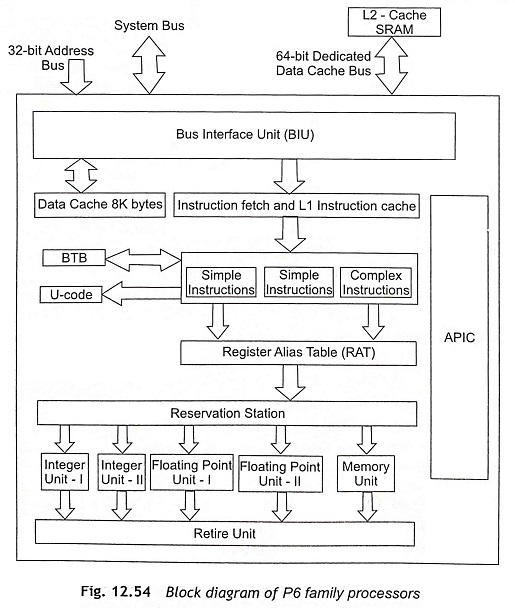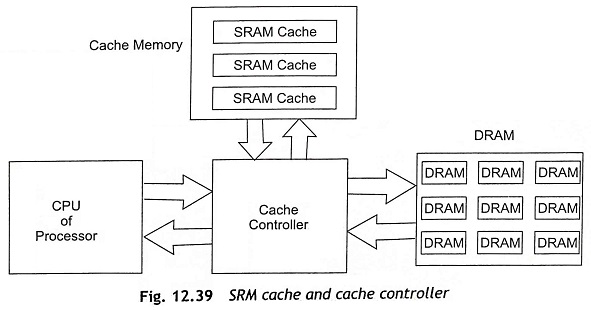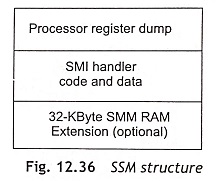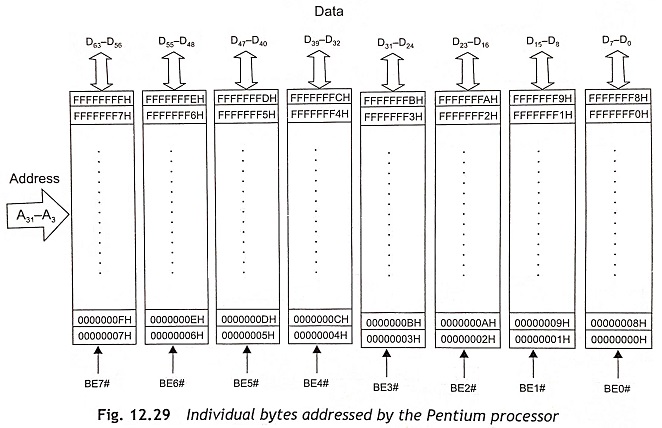What is Machine Language in Microprocessor and Microcontroller?
What is Machine Language in Microprocessor and Microcontroller?: Programmers write instructions in various programming languages. Some programs are directly understandable by the computer and other programs require intermediate translation steps. Nowadays hundreds of computer languages…
